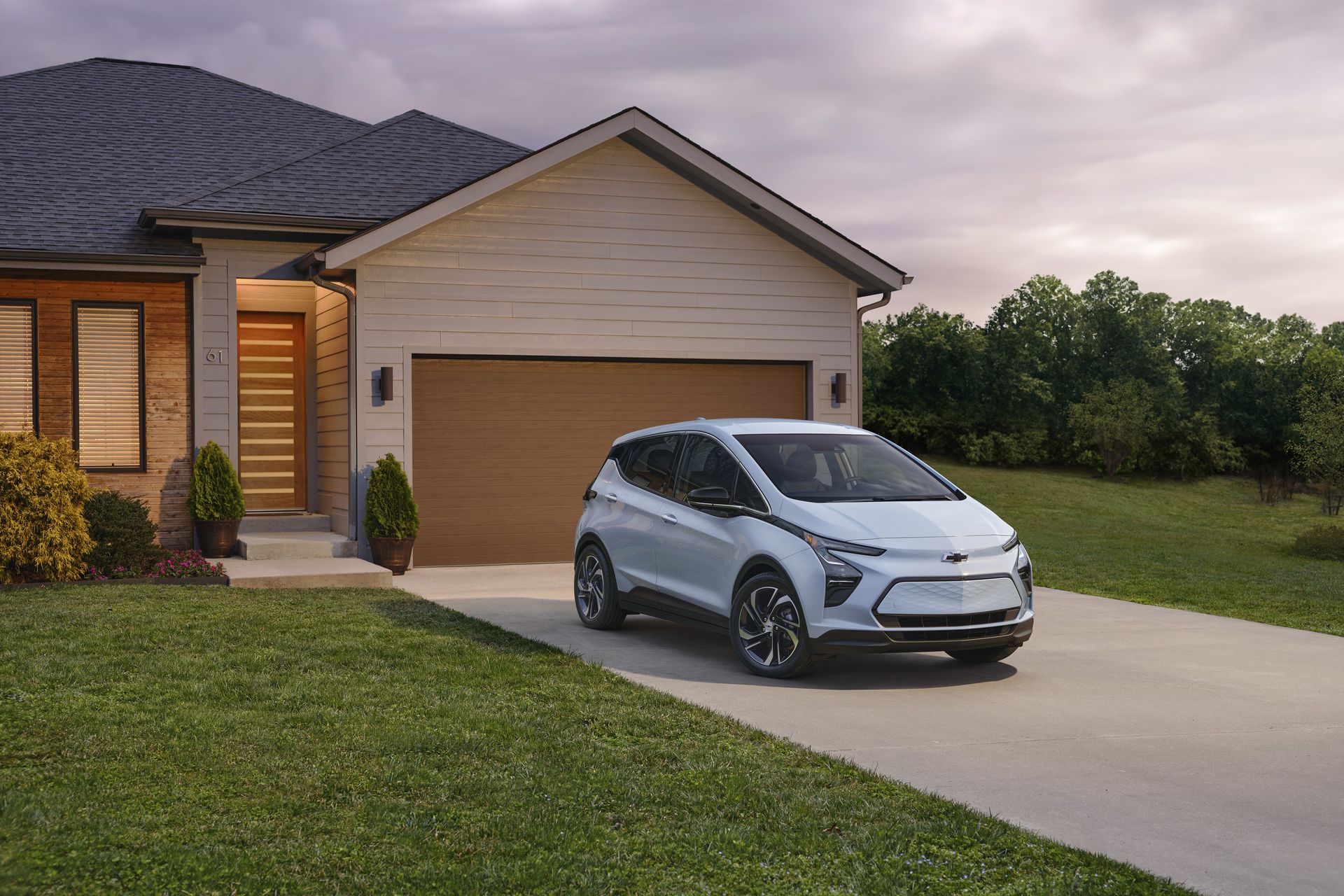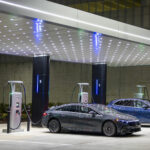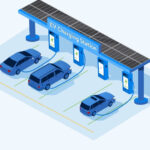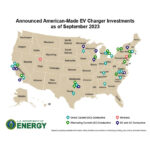Having a garage or carport with access to electricity for parked vehicles significantly improves opportunities for EV adoption.
According to the official data (U.S. Census Bureau, Annual Housing Survey, queried October 24, 2022), the majority of all housing units nationwide (a house, apartment, group of rooms, or single room occupied or intended for occupancy as separate living quarters but does not include cooperatives or condominiums.) have a garage or carport.
As of 2021, the US average share of housing units with a garage or carport was 66%, which means that at least theoretically, the majority should be able to install a home charging unit for an electric vehicle.
On the other hand, one-third of housing units might does not have a garage or carport, which will be a major long-term obstacle to complete the transition from internal combustion engine vehicles to all-electric vehicles. A partial solution for that might be public charging and workplace charging.
The best situation for home charging is in the Pacific region – Alaska, California, Hawaii, Oregon, Washington – where 80% of housing units are equipped with a garage or carport. This will be a major advantage, compare to states where the share is just above 50%.

Share Of Housing Units With A Garage Or Carport By Census Division, 2021 (credit: DOE Vehicle Technologies Office)
A pretty good situation is also in Mountain census region – 76% (Arizona, Colorado, Idaho, New Mexico, Montana, Utah, Nevada, Wyoming), East North Central – 74% (Indiana, Illinois, Michigan, Ohio, Wisconsin) and West North Central – 74% (Iowa, Nebraska, Kansas, North Dakota, Minnesota, South Dakota, Missouri).
In West South Central (Arkansas, Louisiana, Oklahoma, Texas), the share is 67%, followed by East South Central – 59% (Alabama, Kentucky, Mississippi, Tennessee) and South Atlantic – 58% (Delaware, District of Columbia, Florida, Georgia, Maryland, North Carolina, South Carolina, Virginia, West Virginia).
The most challenging share is in New England (Connecticut, Maine, Massachusetts, New Hampshire, Rhode Island, Vermont) and Middle Atlantic (New Jersey, New York, Pennsylvania), respectively at 54% and 53%.
In those states, the industry will have to develop some solutions to encourage customers to switch to electric vehicles. It might be workplace charging combined with a decent public charging network.








0 Comments